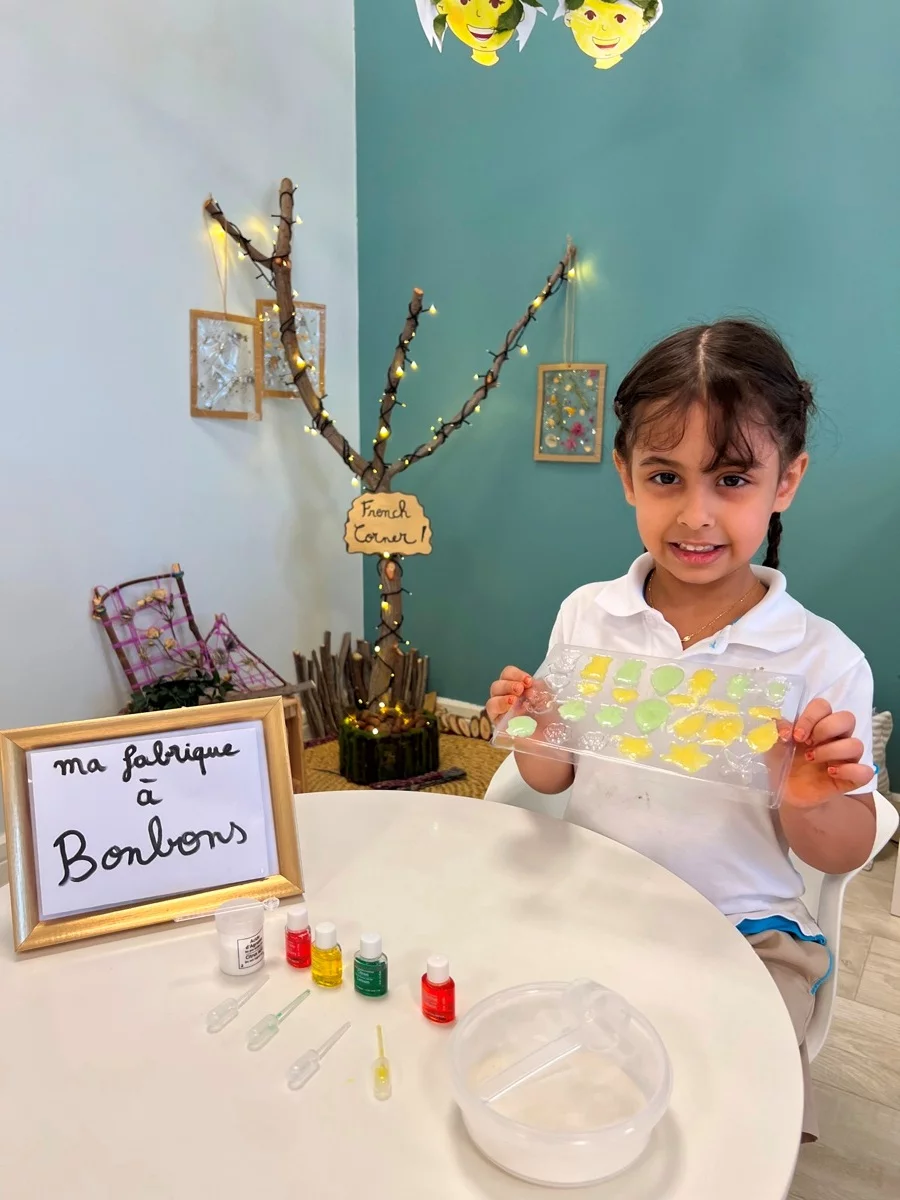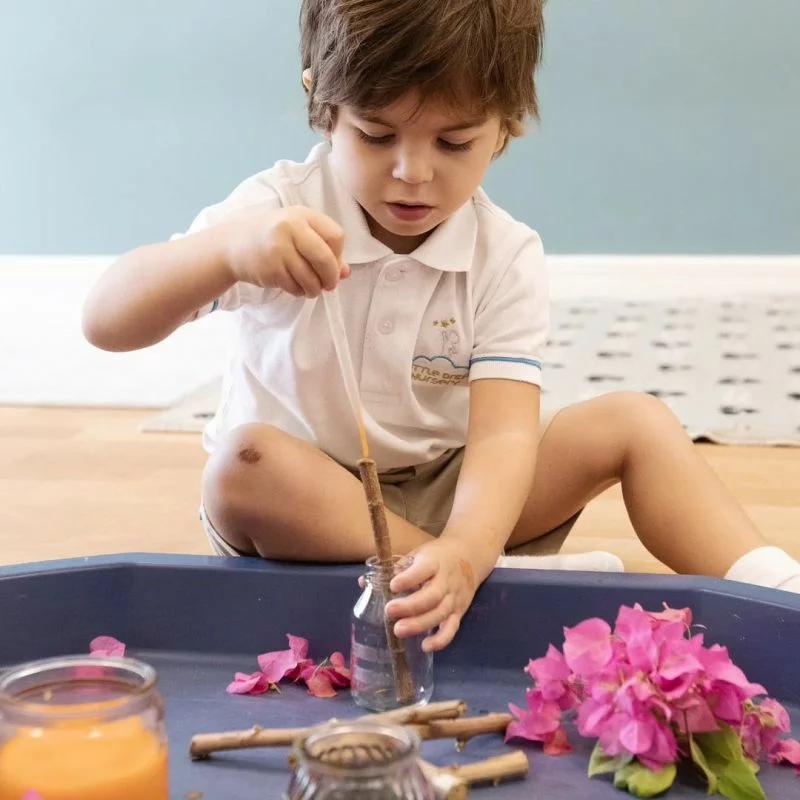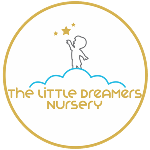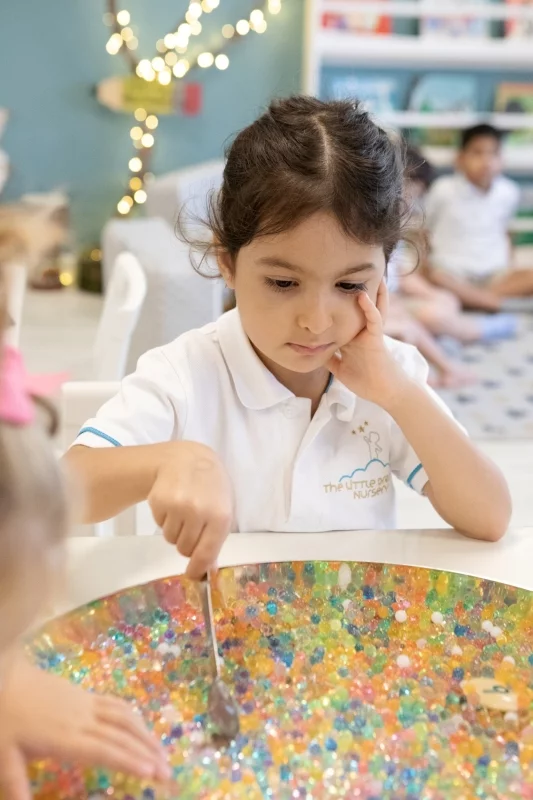Separation anxiety is a natural part of infant emotional development. While it can be stressful for both babies and parents, understanding why it happens and how to ease the transition can make a big difference.
If your baby cries, clings, or becomes distressed when you leave, don’t worry—this is a sign of a strong bond and an important developmental milestone. In this guide, we’ll cover:
✔ What identify separation anxiety
✔ When it typically occurs
✔ How to manage it with gentle and supportive techniques
What is Separation Anxiety in Babies?
Separation anxiety occurs when a baby becomes distressed when separated from a primary caregiver. This happens because infants develop a strong attachment to their parents or caregiver and they do not yet understand that when someone leaves, they will come back.
✔ It is a normal and healthy part of development.
✔ It shows that your baby is forming secure attachments.
✔ It means your baby is learning about object permanence (the idea that things exist even when they are out of sight).
For many babies, this phase comes and goes but can be intense at times—especially during bedtime, daycare drop-offs, or when meeting new caregivers.
 When Does Separation Anxiety Occur?
When Does Separation Anxiety Occur?
Separation anxiety typically starts between 6 to 8 months and can last into toddlerhood. The intensity and duration vary, but it often follows key developmental stages:
📌 6–8 Months: Early Awareness
- Babies recognize familiar faces and may become uneasy around strangers.
- They begin to understand that parents can leave, but they don’t yet understand that they will return.
📌 10–18 Months: Peak Anxiety
- Babies may cry, cling, or protest loudly when a caregiver leaves.
- Some experience sleep regression due to increased attachment needs.
- They may refuse to stay with other caregivers, even those they previously accepted.
📌 2–3 Years: Independence & Emotional Growth
- Toddlers still prefer familiar caregivers but become more independent.
- They may test boundaries while still needing reassurance.
- Separation anxiety gradually lessens as children gain confidence.
Not all babies experience separation anxiety to the same degree, and some may go through multiple phases of anxiety depending on developmental changes, stress, or routine disruptions.
How to Manage Separation Anxiety in Babies
The goal isn’t to eliminate separation anxiety but to help babies feel safe and secure when apart from their caregivers. Here are proven strategies to ease the transition:
- Practice Short, Positive Separations
✔ Start with brief separations (e.g., stepping into another room).
✔ Gradually increase the time apart so your baby learns you’ll return.
✔ Play games like peekaboo to reinforce the concept of object permanence.
- Create a Goodbye Ritual
📌 Establish a simple, reassuring routine before leaving, such as:
✔ A hug and a special phrase (“I’ll be back soon, I love you!”).
✔ A wave at the window before heading out.
✔ A favorite song or story before bedtime separations.
💡 Tip: Avoid sneaking away—this can increase fear and distrust. Instead, say goodbye confidently and keep it short and cheerful.
- Introduce Comfort Objects
A blanket, or favorite stuffed animal can provide emotional security. These objects remind babies of home and help them self-soothe in new environments.
✔ If your baby is starting daycare, leave a piece of your clothing with them for comfort.
- Build Trust with Consistent Caregivers
✔ Introduce babysitters or caregivers gradually.
✔ Have short, positive interactions with new caregivers while you’re still present.
✔ Encourage familiar voices through phone or video calls before a separation.
- Encourage Independence Through Play
Engage your baby in independent play by:
✔ Allow them to explore while you sit nearby.
✔ Gradually increase the distance between you while they play.
✔ Offering praise when they play alone comfortably.
💡 Tip: Play-based learning is an excellent way to build confidence and reduce anxiety. Check out these Simple Songs for 3-Year-Olds for engaging activities!
 Stay Calm & Reassuring
Stay Calm & Reassuring
Babies pick up on parental emotions. If you’re anxious about leaving, your baby may feel more insecure. Stay calm, confident, and reassuring to help them feel safe.
✔ Keep goodbyes short and upbeat.
✔ Validate their feelings (“I know you’re sad, but you’ll have so much fun!”).
✔ Return when you promise to build trust.
- Adjust Sleep Routines Gently
Separation anxiety can impact sleep, leading to bedtime protests and frequent waking. To ease nighttime anxiety:
✔ Keep a consistent bedtime routine (e.g., bath, book, lullaby).
✔ Offer extra cuddles before bed for reassurance.
✔ Use a nightlight or soothing music.
📌 If your baby is experiencing sleep regression, be patient—this phase will pass! For more tips on encouraging positive bedtime behaviour, check out:
🔗 Positive Behaviour in Young Children
Conclusion: Helping Babies Feel Secure During Separation
Separation anxiety is a sign of healthy attachment, but it can be challenging. With gentle reassurance, practice, and consistency, your baby will learn that being apart from you is temporary and safe.
✔ Start with short separations.
✔ Establish predictable routines.
✔ Encourage independence through play.
✔ Validate their emotions while staying calm.
💡 Try This Today:
Introduce a simple goodbye ritual and practice a short separation (e.g., leaving the room for a few minutes) to help your baby build confidence.
💬 Have you experienced separation anxiety with your baby? What strategies helped you? Share your experiences in the comments below!







